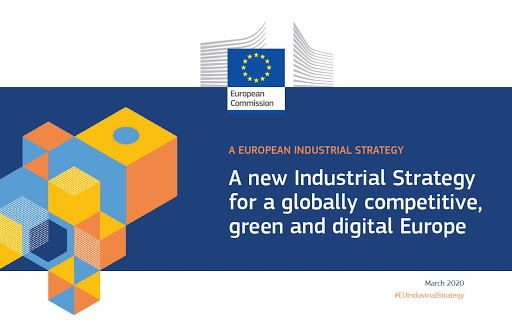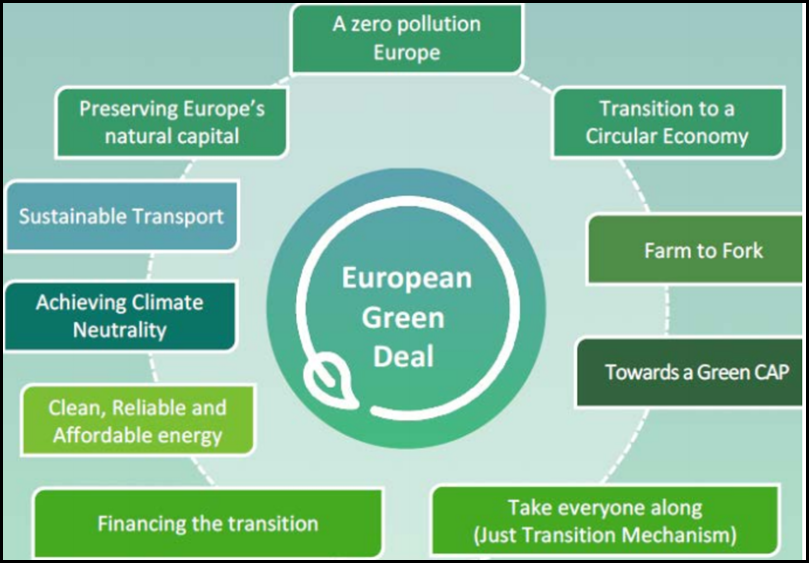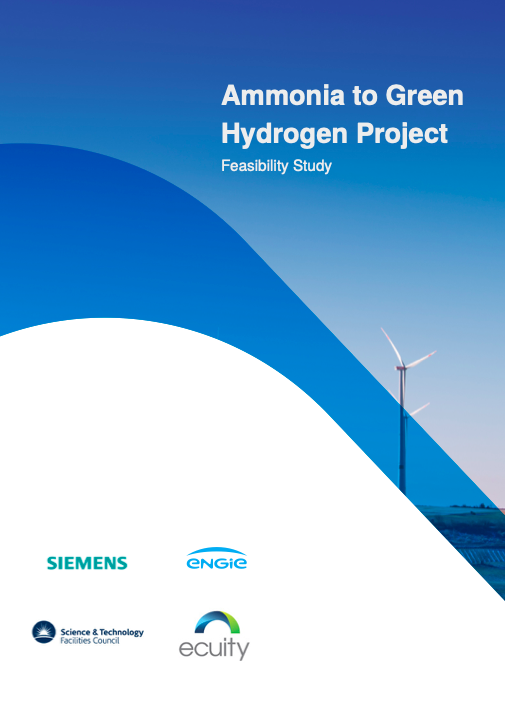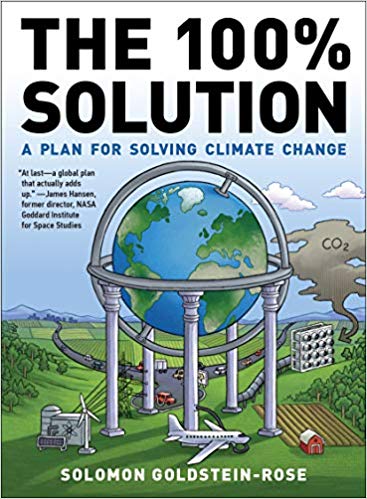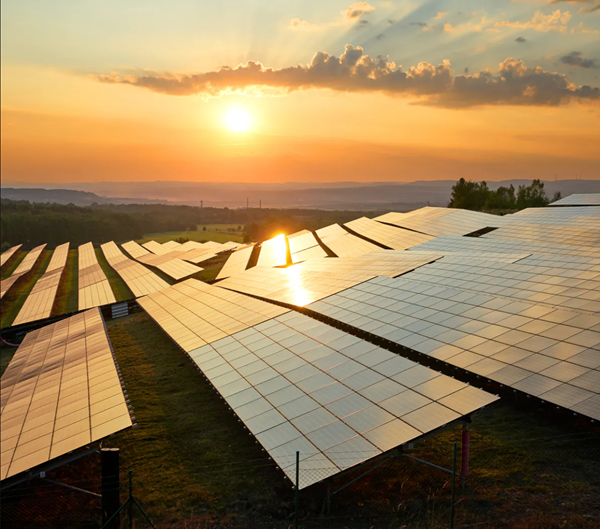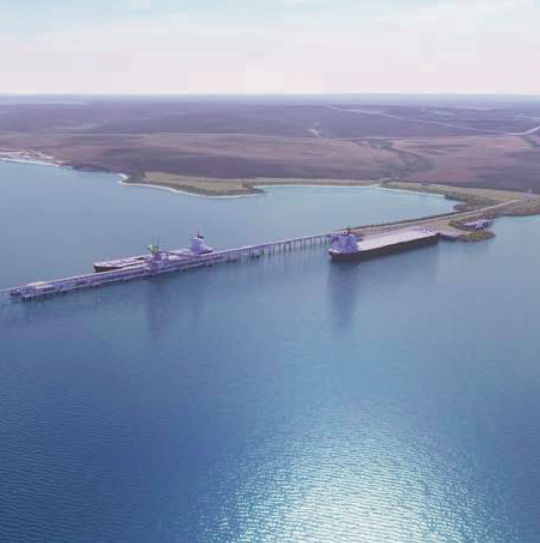There is so much hydrogen news coming out of Australia that it is hard to keep up. At the state level, Tasmania has released its draft plan to increase renewables to 200% of its electricity use by 2040. This marks a serious start to establishing a renewable energy export economy, and includes funding and policy support to ramp up green hydrogen and ammonia production and begin exports by 2027. At the federal level, ARENA announced that its AU$ 70 million funding round for large-scale, “shovel-ready,” renewable hydrogen projects received applications representing over $3 billion of commercial investments. Australia’s renewable hydrogen industry has appetite and momentum, “and we’re seeing a lot of projects ready to be built.” As if to prove the point, two developers in two weeks have each announced hydrogen projects that could produce a million tons per year of ammonia. These are at opposite ends of the low-carbon spectrum: Leigh Creek Energy's in-situ gasification (ISG) coal-to-ammonia plant; and Austom Hydrogen's 3.6 GW green hydrogen export project.

